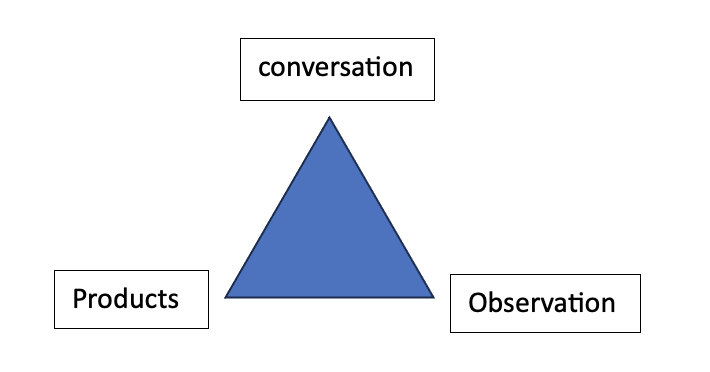I really enjoyed lecture this week, and while it was a bit overwhelming at times, I really wanted to absorb everything. The reason I found this lecture a bit overwhelming was because while Trevor runs his class in an inspirational way, and is something to aspire to down the line, it’s not realistically attainable at first. I think the first few years of teaching are going to be hard enough just with lesson planning, assessment, and figuring what kind of teacher I want to be and what strategies work best for me and my students. Obviously Trevor has been teaching for a long time, and while I may lack the experience, I’m definitely a passionate person like Trevor and I’ll aspire to incorporate some of Trevor’s teaching methods.
I think the biggest take away from this lecture was about sparking curiosity. Planning lessons through the objective of sparking curiosity can result in in many positives:
- More engagement
- Instrinsic motivation / Internal rewards
- Deeper learning
- Active listening
- Drawing more connections
- Thinking outside of the box
- Asking more questions
There’s an inverse correlational relationship between curiosity and behavioural issues, as curiosity increases, behavioural issues in the classroom decrease
So yes curiosity is CRUCIAL, but it’s also something that is hard to gauge. The best way to measure curiosity in students though? Ask them! 🙂

Trevor made us write down this triangle in class, and emphasised how most teachers spend too much time looking at products, when we should be focusing more on observation and conversation. The most powerful tool in a teacher’s toolkit is actually a culmination of conversation and observation, and that is constructive feedback. Some important guidelines for giving constructive feedback is that the mark and the feedback need to be separated so that adequate attention is given to the specific feedback and not just the mark. And the feedback needs to be kind, specific, and helpful. The feedback needs to honour the students strengths, be specific about the strengths, and give helpful feedback.
An example of how to give constructive feedback that I really liked was scheduled one-on-one student conferences where you can take 15 minutes per class to discuss the students strengths, curiosities, interests and progress. This will also be helpful in delivering differentiated instruction and thorough report card assessment. I think the biggest tip that will hopefully help me in the future, is that if we do our assessment in class like this, it will save us bringing home lots of work and giving us a work-life balance while also being an innovated and inspired teacher.
Thanks for bringing Trevor’s insights to our class! It was awesome.